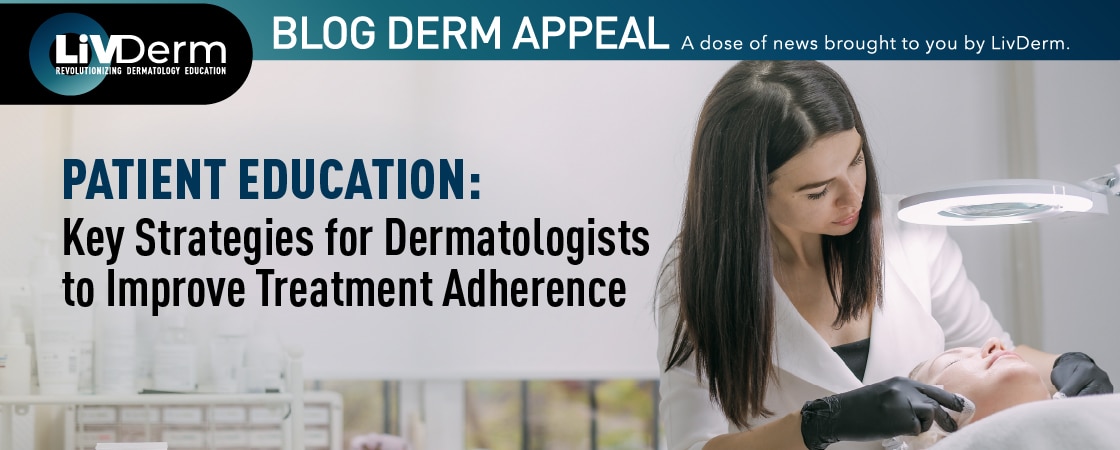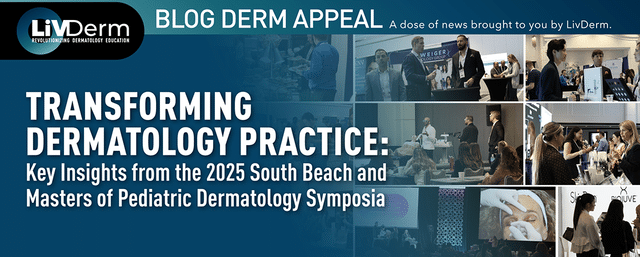Peter A. Lio, MD, is a clinical assistant professor in the Department of Dermatology and Pediatrics at Northwestern University, Feinberg School of Medicine. He is also the co-founder and co-director of the Chicago Integrative Eczema Center, a useful resource for patients and families suffering from eczema.
Dr. Lio is dedicated to providing only the best level of care to his patients. He favors integrated treatment options, often combining the use of trusted Western medicines and natural therapies such as acupuncture.
In his many years of experience, Dr. Lio has treated a number of patients suffering from eczema and utilized various treatment options. In a 2022 podcast with the National Eczema Association, Dr. Lio discussed the wide use of topical corticosteroids in the treatment of eczema, one of the go-to treatments employed by many dermatologists.
Originally used to treat arthritis and inflammatory skin diseases, the significant results provided by these corticosteroids made them a favorable option. As with anything, there is always an element of risk, even with natural remedies such as oils. However, according to Dr. Lio, the real problem was that providers became too comfortable with these topical steroid options, and overuse occurred. As a result, topical steroid withdrawal can ensue, beginning a vicious cycle of continued significant flare-ups and adverse side effects.
Instead, Dr. Lio states he tries to avoid these corticosteroids if possible, and when he does have to prescribe them, he opts for a damping pattern. He believes that by alternating between a topical corticosteroid and a non-steroidal agent, such as ruxolitinib, over time, the patient’s flares-ups can be significantly reduced.
In the case of patients suffering from severe cases of eczema, where this is not an option, then a treatment ladder should be considered. This should also involve further investigation to ensure a correct diagnosis. Dr. Lio mentions that patch testing should be looked into to eliminate any allergies. After this, more intensive therapies may be considered, such as phototherapy and JAK inhibitors.
Dr. Lio mentions that although side effects can occur with topical corticosteroids, serious implications are very rare. Moreover, when used in the short term, these steroidal treatments pose very little chance of causing harm. It is their overuse and long-term use that can have a serious impact on a patient.
















